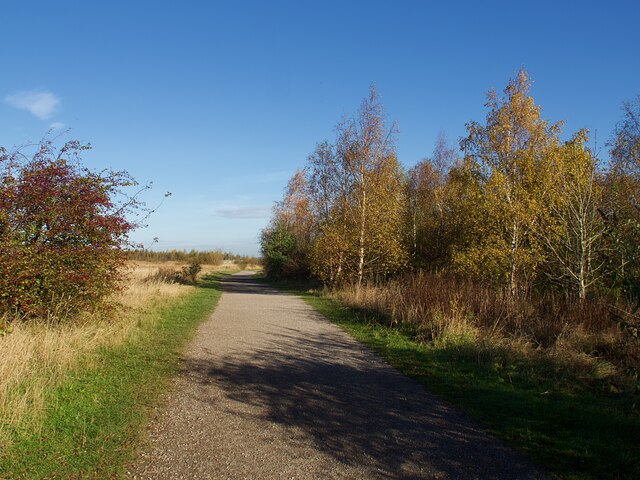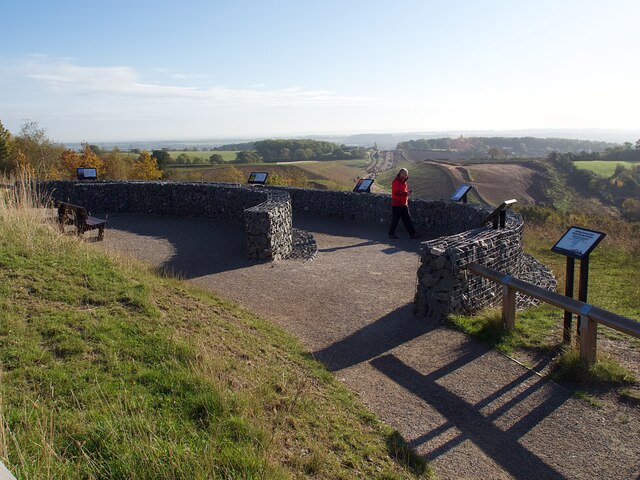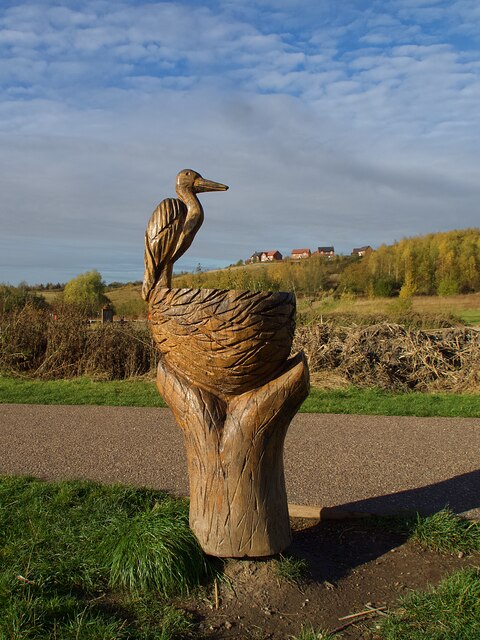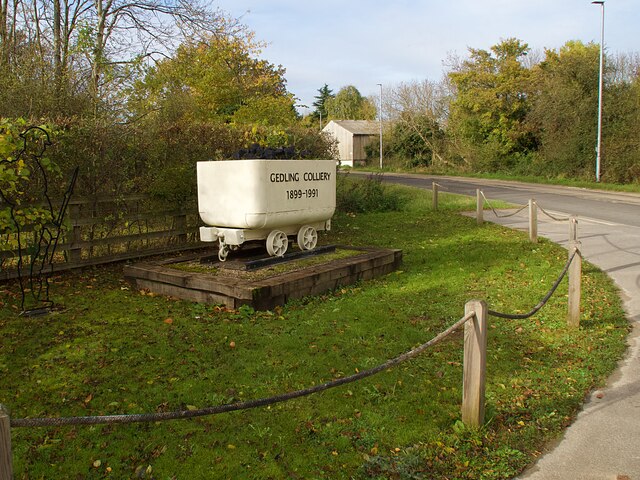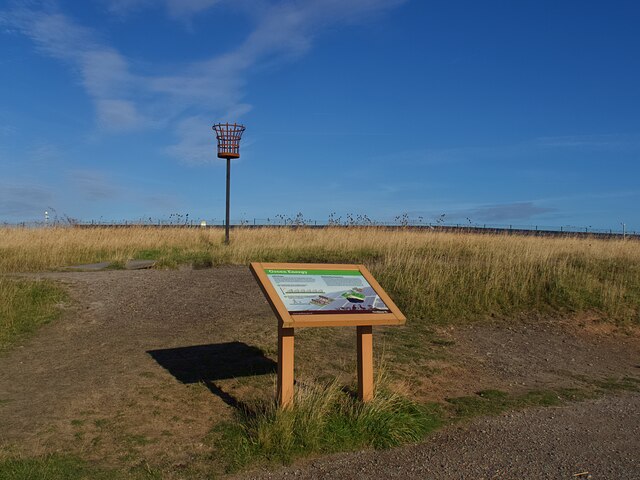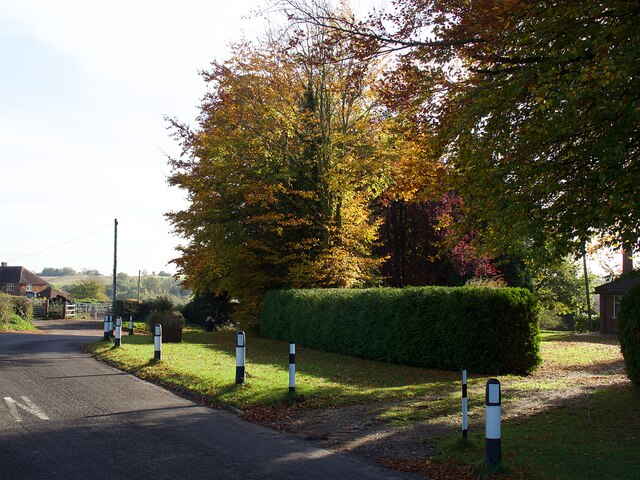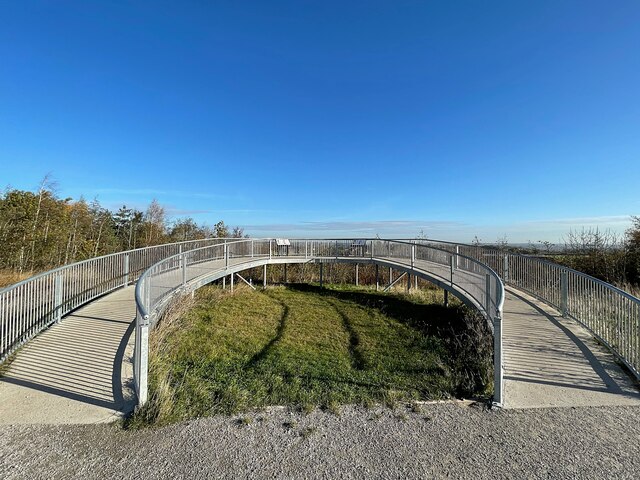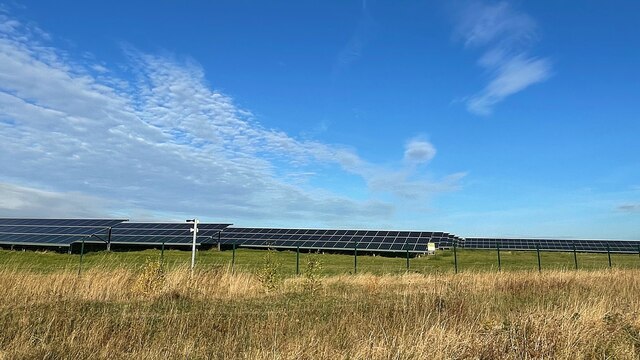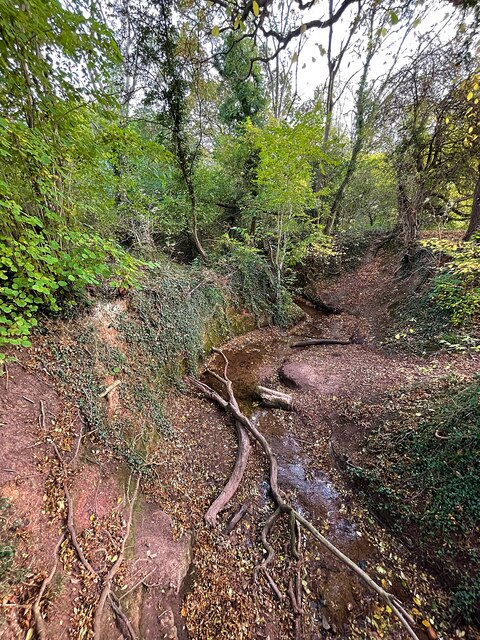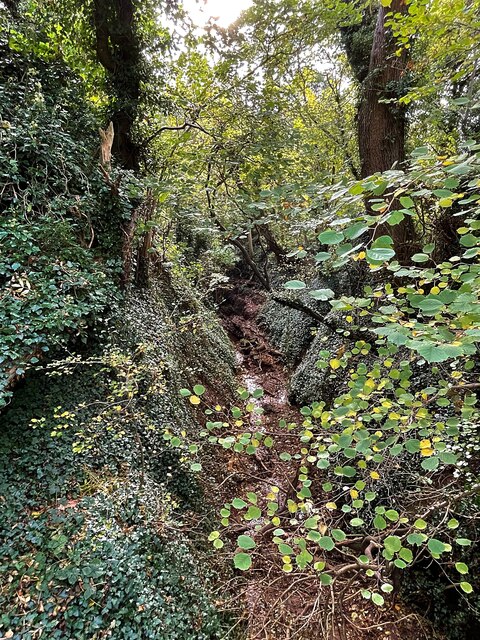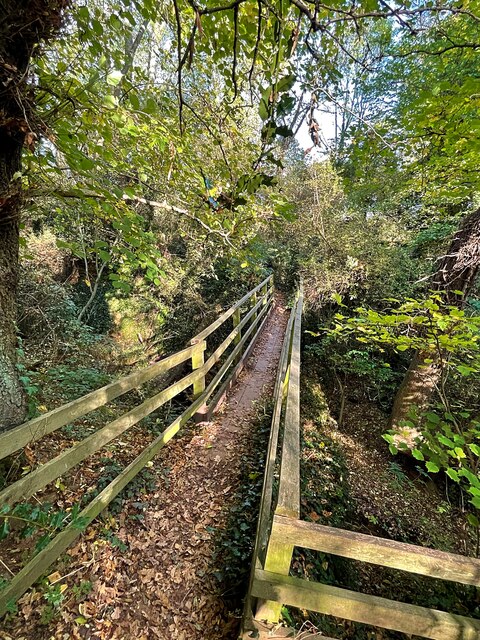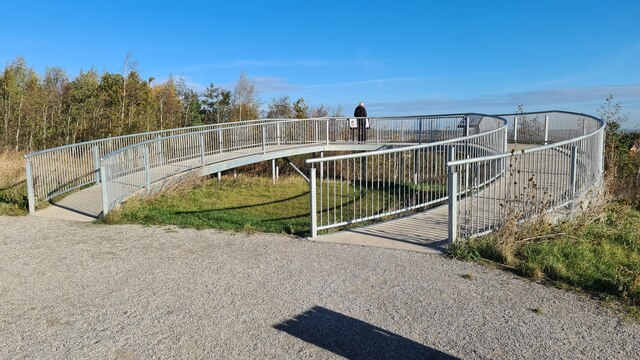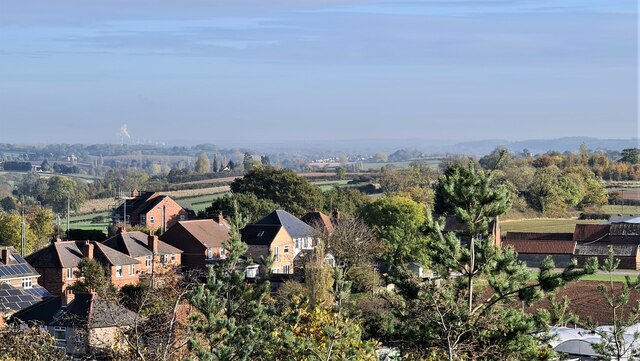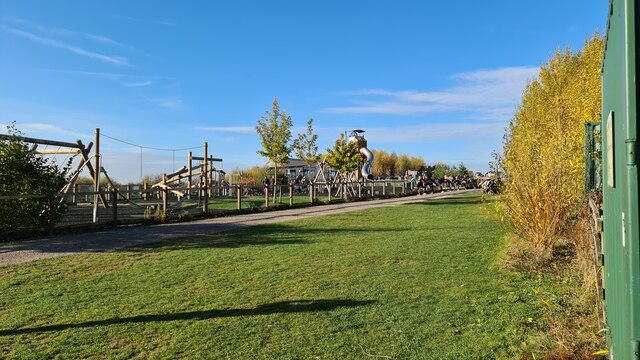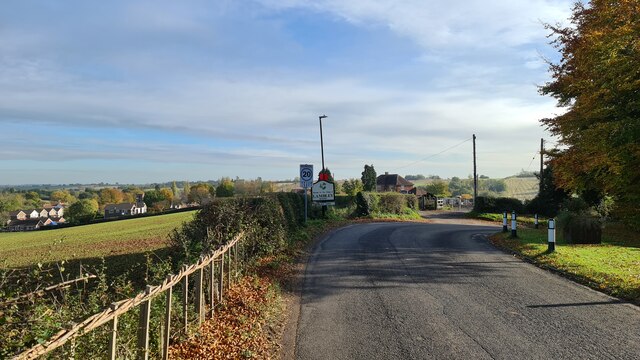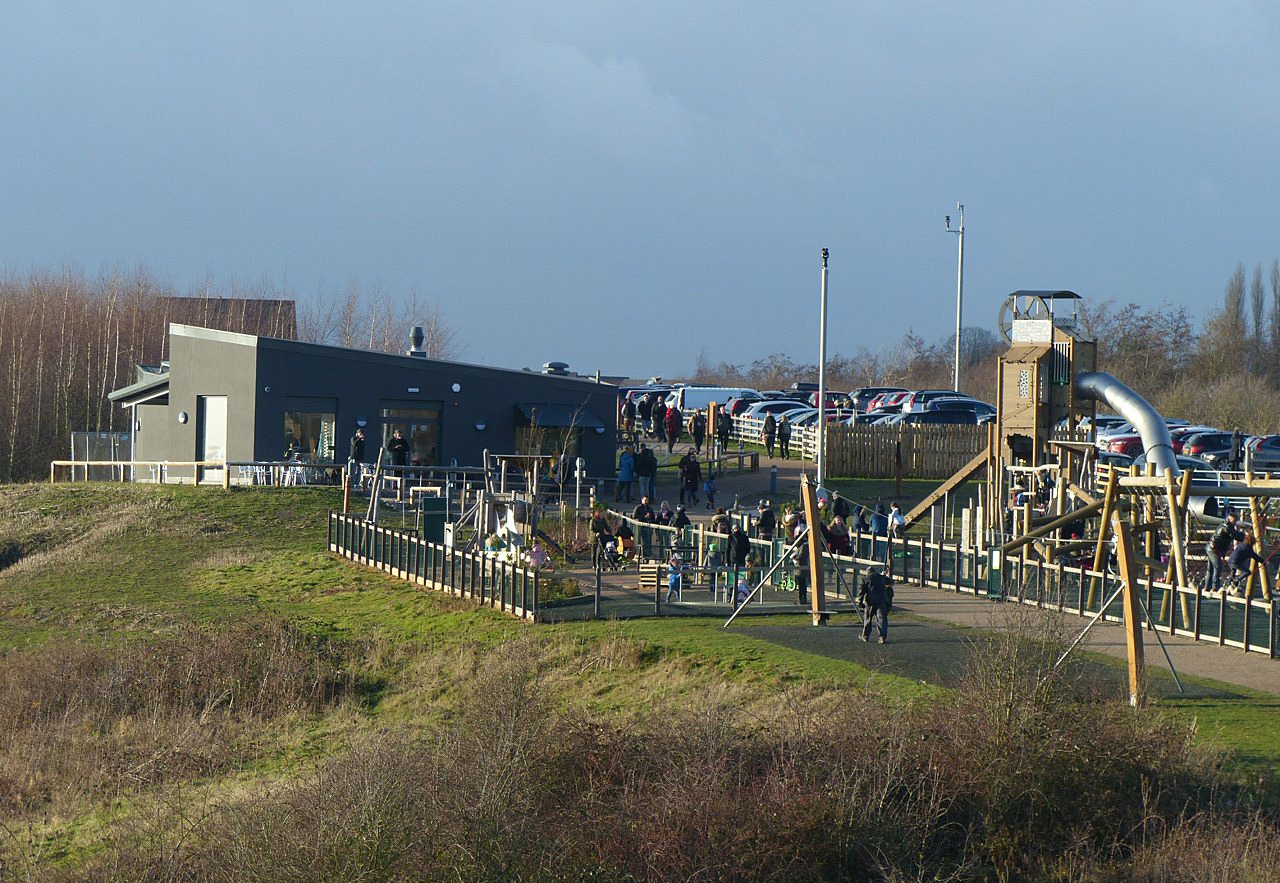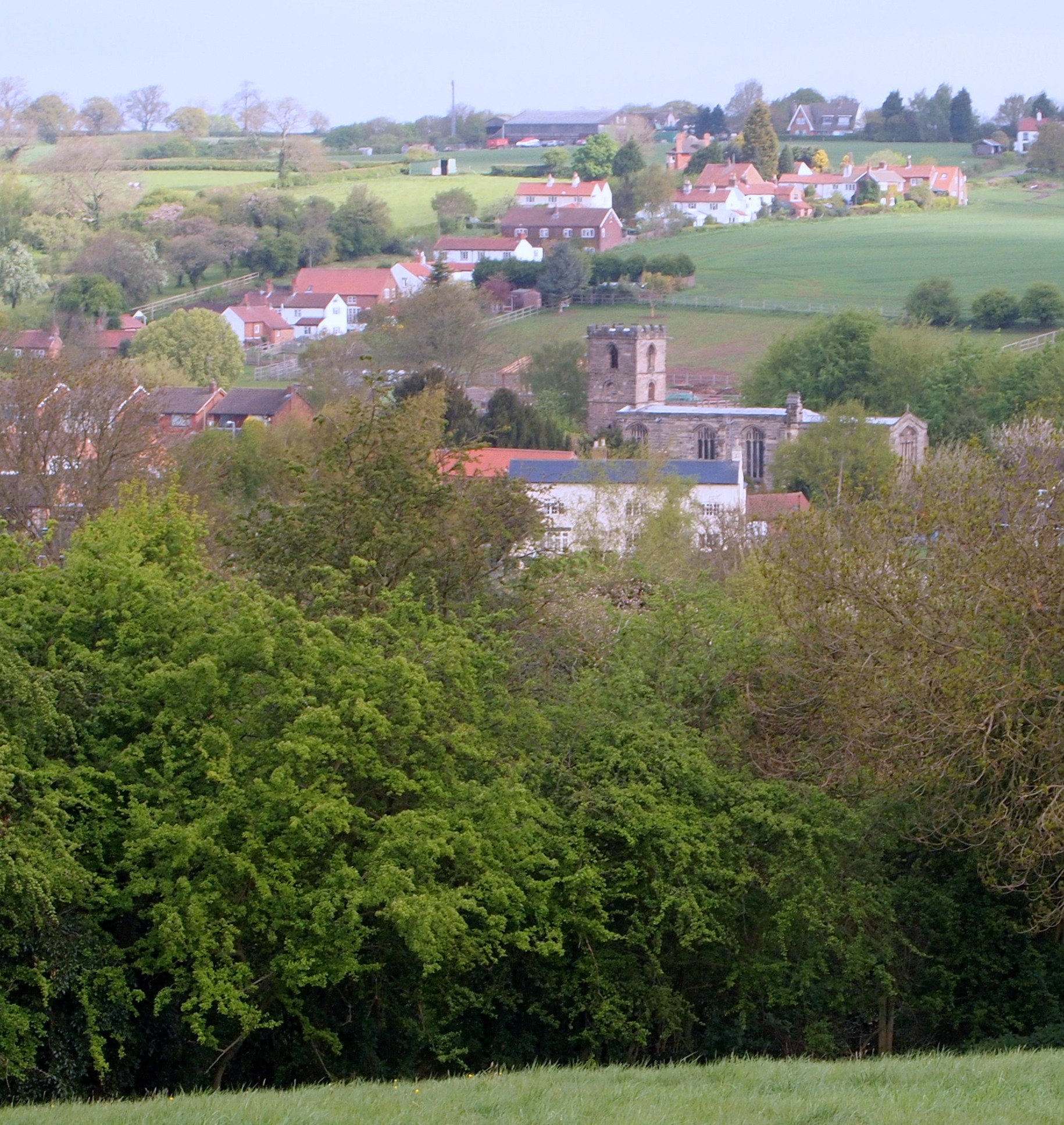Gedling Wood
Wood, Forest in Nottinghamshire Gedling
England
Gedling Wood
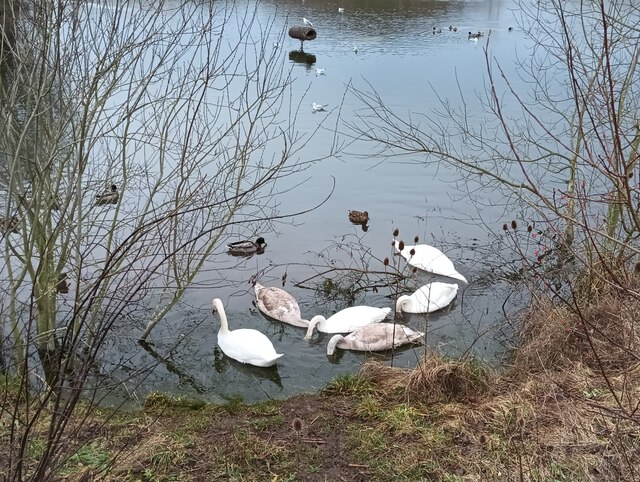
Gedling Wood, located in Nottinghamshire, is a picturesque forest spanning over 240 acres. It is situated on the outskirts of the village of Gedling and is easily accessible to both locals and visitors alike. The wood is known for its diverse range of flora and fauna, making it a haven for nature enthusiasts.
The woodland consists primarily of broadleaf trees, including oak, birch, and beech, which create a dense canopy providing shade and shelter. The forest floor is adorned with an array of wildflowers, such as bluebells and primroses, adding a pop of color to the landscape during the spring and summer months.
Gedling Wood is home to a variety of wildlife species. Visitors may spot deer, foxes, and rabbits roaming freely, while birdwatchers can observe a multitude of avian species, including woodpeckers, owls, and songbirds. The wood's tranquil atmosphere and abundance of wildlife make it a popular spot for nature walks and photography.
The forest is crisscrossed with well-maintained footpaths, offering visitors the opportunity to explore the wood at their leisure. There are also designated picnic areas and benches scattered throughout, providing ideal spots for relaxation and enjoying the natural surroundings.
Gedling Wood is not only a haven for wildlife but also a valuable resource for the local community. It offers educational programs, guided walks, and workshops to promote environmental awareness and conservation. The wood also plays a crucial role in maintaining the area's ecological balance and acts as a natural carbon sink, contributing to the mitigation of climate change.
Overall, Gedling Wood is a beautiful and diverse woodland that offers a peaceful retreat for those seeking to reconnect with nature in the heart of Nottinghamshire.
If you have any feedback on the listing, please let us know in the comments section below.
Gedling Wood Images
Images are sourced within 2km of 52.987503/-1.0691359 or Grid Reference SK6243. Thanks to Geograph Open Source API. All images are credited.
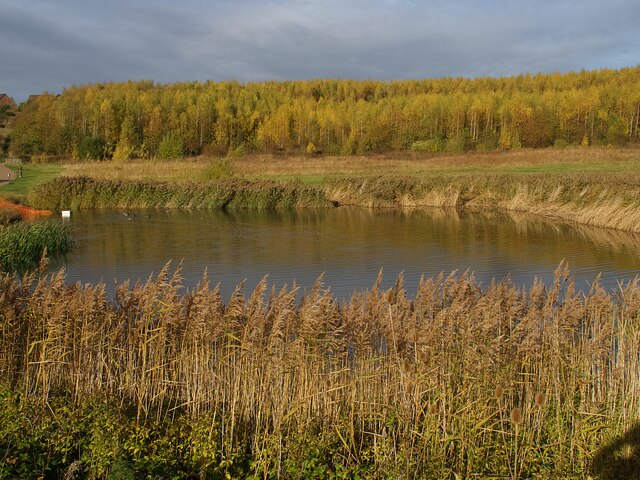
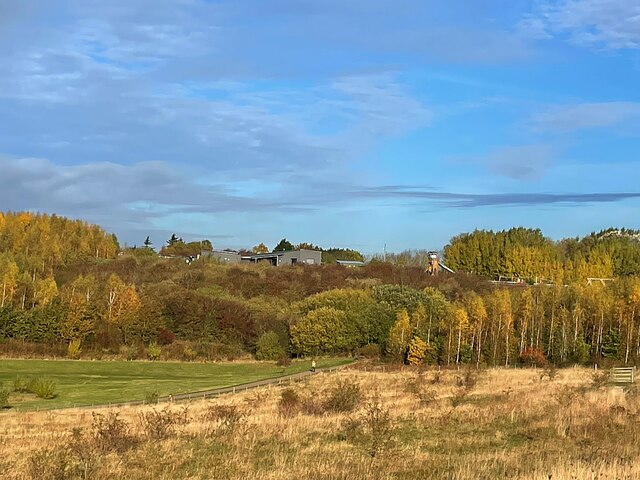
Gedling Wood is located at Grid Ref: SK6243 (Lat: 52.987503, Lng: -1.0691359)
Administrative County: Nottinghamshire
District: Gedling
Police Authority: Nottinghamshire
What 3 Words
///soil.discouraged.manliness. Near Burton Joyce, Nottinghamshire
Nearby Locations
Related Wikis
Gedling Country Park
Gedling Country Park is a country park in Gedling, Nottingham, England. == History == The park is on the grounds of the former Gedling Colliery, which...
Carlton le Willows Academy
Carlton le Willows Academy is an 11–18 mixed, secondary school and sixth form with academy status in Gedling, Nottinghamshire, England. It is part of the...
Mary Hardstaff Homes
The Mary Hardstaff Homes, are 10 almshouses on Arnold Lane in Gedling, Nottingham. These were built as Almshouses in 1936 for the widows and orphans of...
Borough of Gedling
Gedling is a local government district with borough status in Nottinghamshire, England. The council is based in Arnold. The borough also includes Carlton...
Gedling and Carlton railway station
Gedling and Carlton railway station was a former railway station built to serve the villages of Gedling and Carlton in Nottinghamshire. == History... ==
Lambley, Nottinghamshire
Lambley is an English village and civil parish near Nottingham, England, hardly touched by urbanisation, as it lies in a green belt. The population recorded...
Gedling
Gedling is a village and former civil parish which gives its name to the larger Borough of Gedling in Nottinghamshire, England. It lies 4 miles (6.4 km...
Sherwood Academy
Sherwood Academy (formerly Sherwood E-ACT Academy, The Gedling School and Gedling Secondary Modern) was a secondary school with academy status located...
Nearby Amenities
Located within 500m of 52.987503,-1.0691359Have you been to Gedling Wood?
Leave your review of Gedling Wood below (or comments, questions and feedback).
